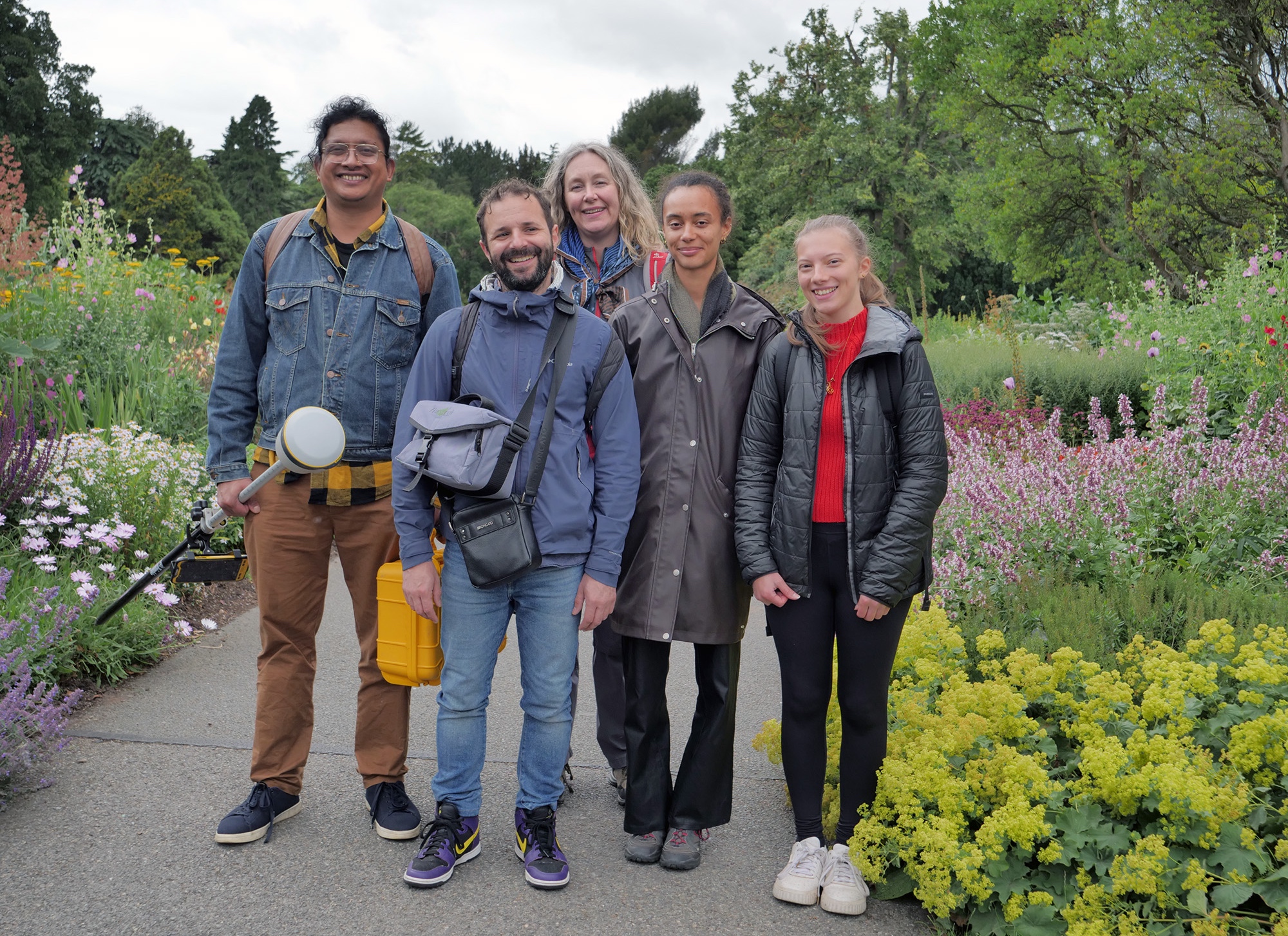Scientists enlist “Witness Trees” to track climate change and pinpoint which species can best clean our air
“Trees are incredibly reliable witnesses to the effects of climate change. They are, in effect, giant biological sensors with the potential to provide scientists with detailed, highly accurate, long-term datasets on the state on the environment.” says Prof. Jennifer McElwain.
Trinity Botanic Garden established the Witness Tree project in 2022 to track >20 specially selected ‘witness trees’ in our botanic garden. Researchers study how they respond to atmospheric particulate pollution and to changes in the greenhouse gas carbon dioxide. The plan is to record data from the witness trees every year for the next 30 years to build up a valuable long-term data set.
2024 marks a year of further development within the project as the team are delighted to have National Botanic Gardens join the Witness Tree project to provide an additional set of witness trees.
“More trees, means more data which will help us to understand which tree species are the most resilient to climate change and which can assist cities in mopping up harmful particulate pollution.”
 Members of Botanic Garden Witness Tree Project Team: Sate Ahmad, Christos Chondrogiansis, Jenny McElwain, Tina Monterio and Morgane Weissenburger
Members of Botanic Garden Witness Tree Project Team: Sate Ahmad, Christos Chondrogiansis, Jenny McElwain, Tina Monterio and Morgane Weissenburger
The Tree Witness Project is led by Professor Jennifer McElwain, Professor of botany here in School of Natural Sciences. Click Here for further news details.
To read more about the Witness Tree Project and meet the trees visit the link below.
https://trinitybotanicgarden.ie/the-witness-project/
Why Trees are so important as “witnesses” to climate change:
Trees are some of the longest-lived organisms on Earth. Some conifer trees, such as giant redwoods, ginkgos and swamp cypresses can grow and live for multiple millennia. Typically, the oldest known flowering trees are less than 1000 years old but none the less this is three times the age of some of the oldest known vertebrate animals such as Greenland sharks and tortoises. ‘Demeter’, the oldest known sessile oak (Quercus petraea) is 934 years old, whilst there is a recorded individual of the Pine (Pinus longaeva) that reached an age of 4844 years (1)!
In addition to longevity, trees are also highly responsive to their environment – they are plastic – and can mould the parts they grow every year such as new leaves and twigs- and even their physiological behaviour- to the prevailing conditions of the time. This plasticity means that trees are like giant biological sensors with the potential to provide scientists with long-term datasets on the state on the environment. This makes them key witnesses to climate change.
Footnote
1 Piovesan G, Biondi F. On tree longevity. New Phytologist. 2021 Aug;231(4):1318-37

